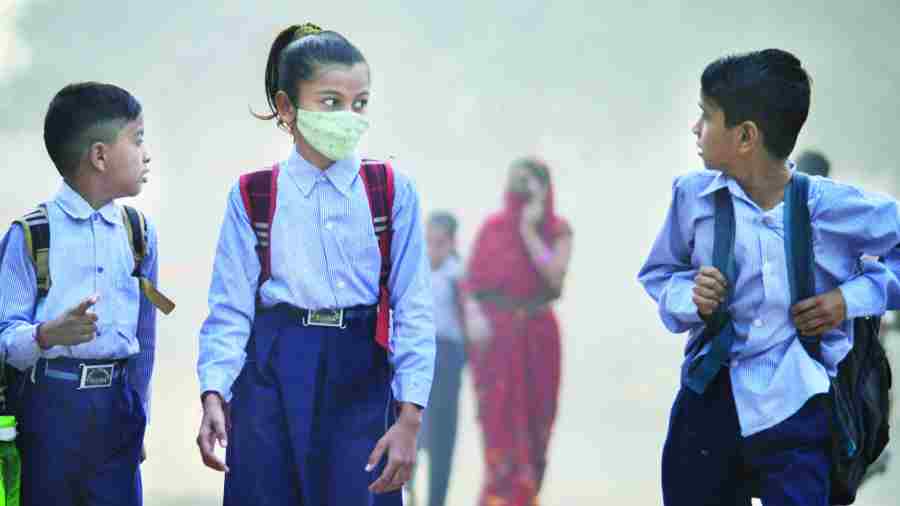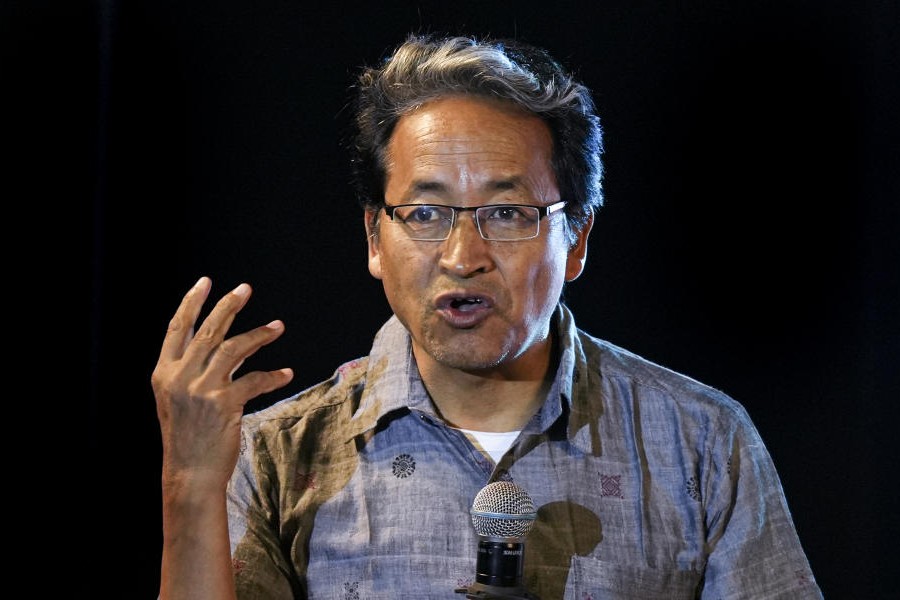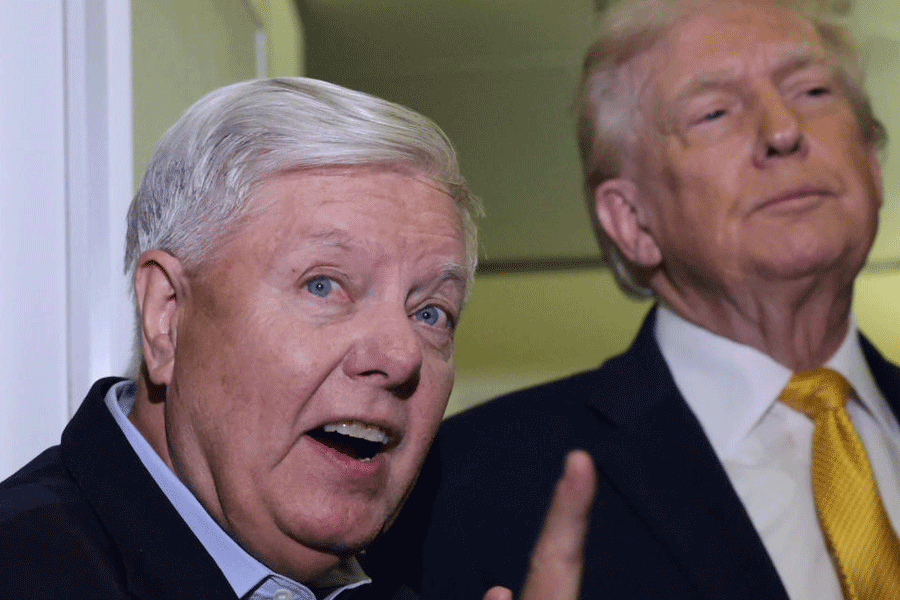Ensuring that all children go to school has still not been possible in India. The National Education Mission, following the principles of the National Education Policy 2020, aims to optimise resources, which is no bad thing. The only problem is that school education in a country so vast and various cannot be best understood in terms of quantity. Under instructions from the NEM, West Bengal published a list of 8,206 primary and upper primary schools that have less than 30 students. This is the first step in a tentative plan to close down the schools, although that decision has not been taken. According to the Centre’s education policy, dispersed schools in rural areas are economically unviable and administratively problematic, apart from having low teacher recruitment or without separate classes for each grade. So the children would be sent to other schools close by and the teachers to institutions that need them. Yet the Right to Education Act stipulated that primary schools should not be farther than one kilometre, and upper primary three. This took into account India’s distances and topographical difficulties while trying to make education accessible to all.
Closing even a few schools would drive numerous children to drop out in West Bengal. The state is already in a bad way; it sent up four lakh fewer students to the Madhyamik examinations, whereas in the primary segment its drop-out rate far exceeds the national average. Schools further away from home would make them inaccessible to many children, especially girls. As it is, fewer than 30 students in 8,206 schools indicate that large numbers have not returned to school after the pandemic-induced closure. Increased poverty has driven families to other states or forced youngsters to go to work. To repopulate the schools, local bodies must persuade students to return, with efforts to help them in lessons which they have forgotten in the interim. That would mean some degree of dedication; what would be needed are networks of available teachers and volunteers who could take, perhaps, three or four schools in the area under their charge. With planning and determination, the state government can try to make the change. That would be truly optimising the resources; closing down schools, far from being a solution to anything, will deprive numerous children of their right to learn.











